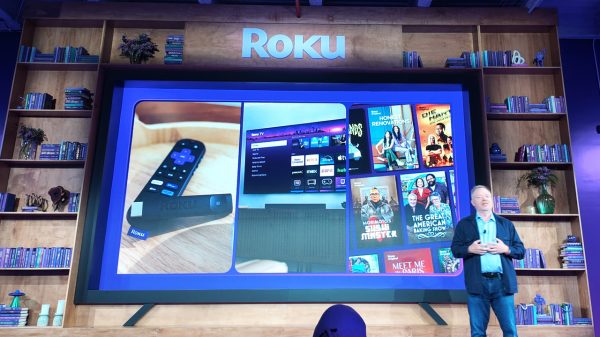File fragmentation — the splitting of files into pieces (fragments) for better utilization of disk space — is universally known as a performance problem. But there are other less obvious symptoms that can lead to “wild goose chases” for causes yet are rooted in this same insidious disease.
An example is aborted backups. A backup can be aborted either purposely by the operator (the time window for the backup has run out) or because there are reliability issues with the drive being backed up. The fact of the matter is that either of these is most likely caused by file fragmentation.
At the root of overly-long backups is usually the attempt to back up files which are too severely fragmented. Files fragmented into hundreds or thousands of fragments (not at all uncommon) require an enormous amount of extra I/O traffic to access, hence the backup time for a whole fragmented drive is greatly increased. Most sites have a very fixed time window in which backups can occur and if the entire drive can’t be backed up during this time, there is data at risk of being lost as it is not backed up.
A drive with serious fragmentation also has reliability issues. When fragmentation becomes too severe, “hangs” and crashes become more likely. If one of these occurs during the backup procedure, the backup can be aborted, and if no operator is in attendance to notice (which is often the case) the problem will not be known about until morning when an IT personnel discovers it.
Another symptom not always attributed to file fragmentation is sluggish boot times and load times. A system exhibiting these manifestations will nearly always found to be seriously infected with the fragmentation disease, and the fact of each and every file fragment having to be retrieved to boot the system or load an application or file is at the bottom of the problem.
Due to today’s frantic rates of file fragmentation, and also due to the lack of time windows for maintenance, scheduled defragmentation solutions are no longer effective. In between scheduled runs fragmentation continues to build and the symptoms are only slightly alleviated or, in some cases, aren’t addressed at all.
The fragmentation disease best alleviated with a fully automatic defragmentation solution, one that works invisibly in the background to constantly eliminate the fragmentation problem. No scheduling is ever required, and because only otherwise-idle resources are used, no negative performance hit is ever experienced due to defragmentation.























